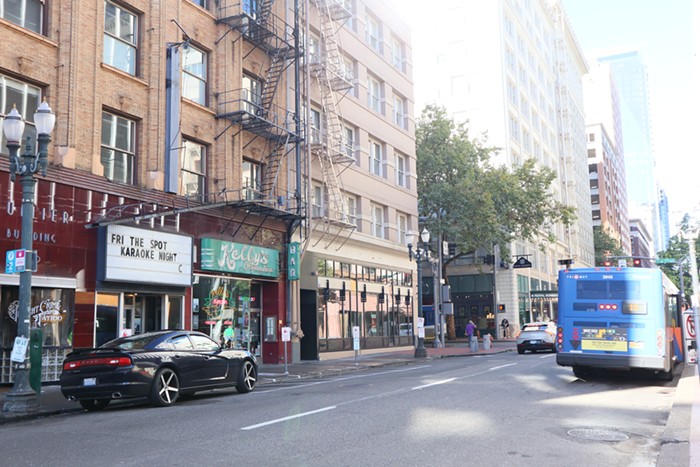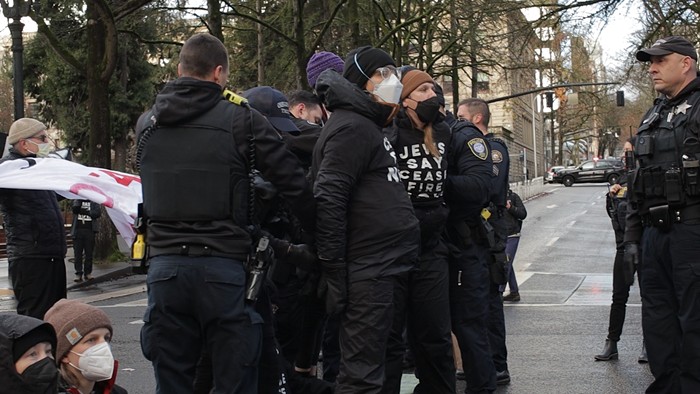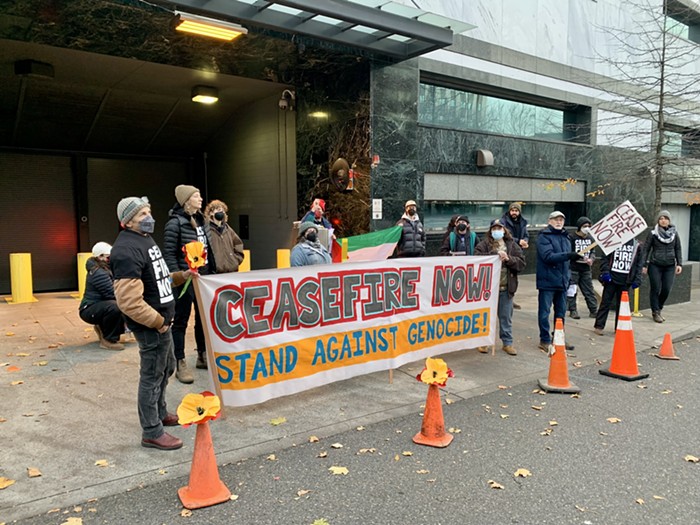
Summer's getting closer, which means it's time for watermelon, lemonade, and barbecue. And... fires? It's time to start looking at our fire forecast for this year's wildfire season: After last year's Eagle Creek Fire, many in town (myself included) are feeling the heat and worried about what this year could have in store.
Good news: According to the National Interagency Fire Center (NIFC), Portland is in one of only two regions in Oregon that don't have an elevated chance of fire this year. The rest of Oregon, however, is out of luck. Only the very northwestern areas of Oregon have an average likelihood of bursting into flame compared to previous years—the rest of the state is above average.

The NIFC provides monthly reports called "National Significant Wildland Fire Potential Outlook" reports. According to the May 1 report, most of Oregon should only have an average amount of fire in the early summer, but we're facing a potentially bad fire season starting around July and August. That's because of our unusually high levels of precipitation earlier this spring—130 percent of average, according to the report.
When Oregon gets a lot of spring rain, it causes significant growth of low-lying plants. When the environment gets hot and dry in the summer (and it's predicted to be hotter and drier than average this year) those plants become chalk dry: ready to catch ablaze from a wayward cigarette, a forgotten campfire, or a lightening strike. Those dried out plants are called the "fuel load," and we'll have a lot of it in Oregon.
So if you go camping, make sure to follow the regulations of the campsite if fire is forbidden, and put your fires out carefully if they're still allowed.
Oh, and definitely don't set off any fireworks in the woods.


















